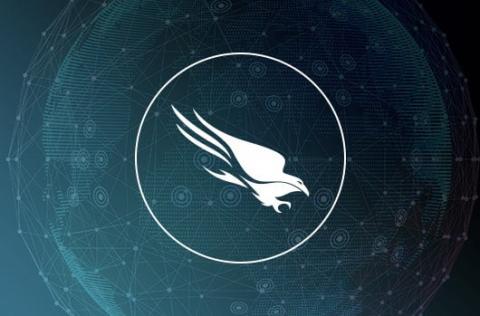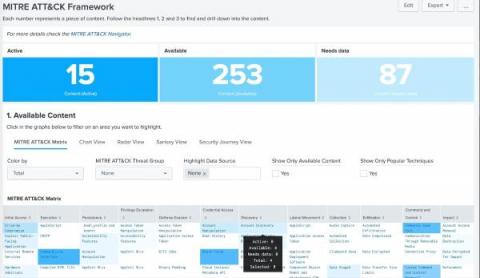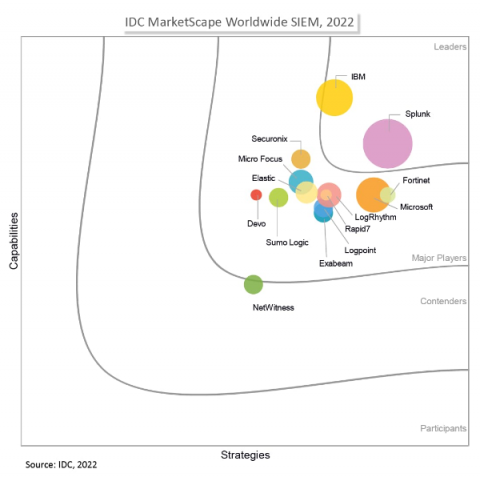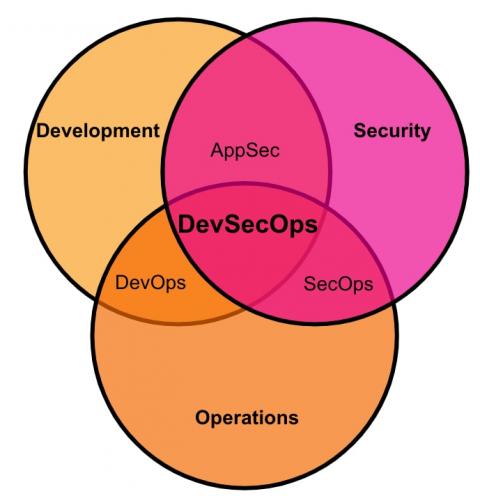Integration Exploration: Getting Started with Falcon LogScale and Bucket Storage on AWS S3
If you run CrowdStrike Falcon® LogScale, previously known as Humio, locally or on-premises, one of your first steps is to configure local storage so that LogScale has a persistent data store where it can send logs. If you’re running LogScale as a cluster setup, then you’ll have some data replication as a function of how LogScale manages the data. However, even with that replication, you’ll probably still want something outside of your local infrastructure for resiliency.









